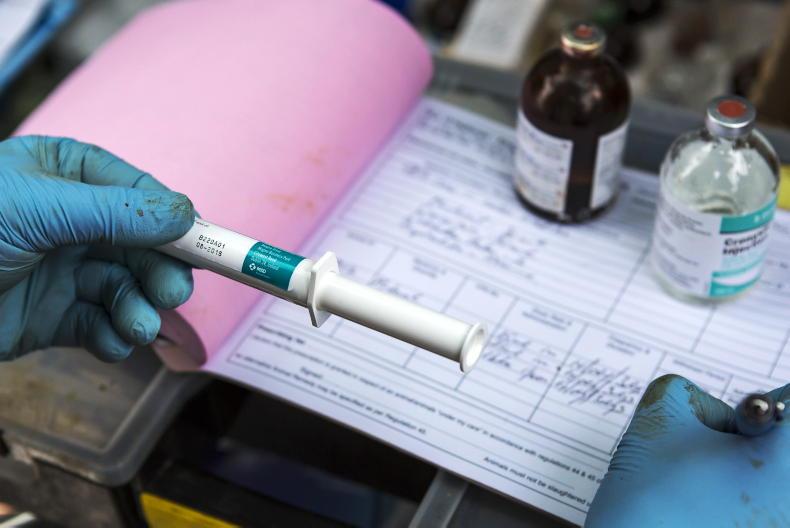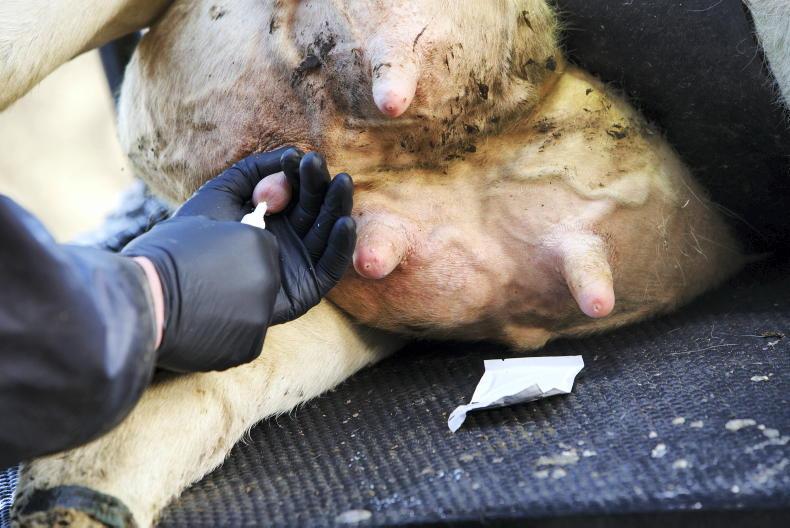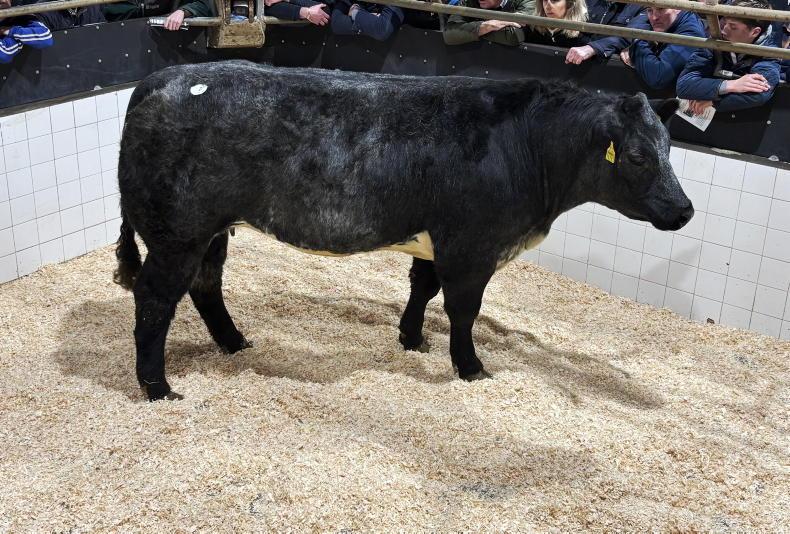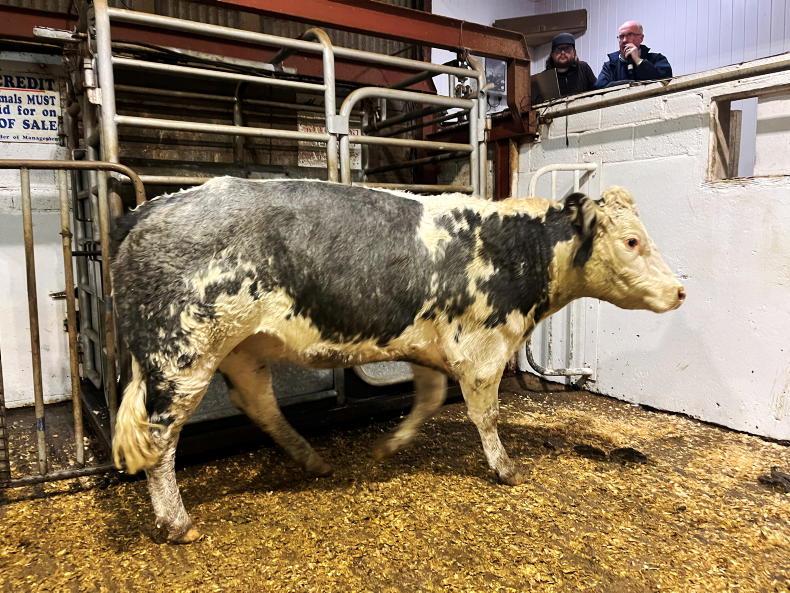Heifers
The change in the weather has forced many stock indoors, but dry land is still dry so where there is sufficient grass, youngstock can stay out and keep grazing providing they are not doing damage and not eating into grass reserves that are needed for the spring.
One job that has increased in popularity over the last decade is teat sealing in-calf heifers.
Doing the job while heifers are still out at grass is a good idea as it reduces the risk of infection, compared to being in a shed. The teats are smaller now which can make the job a bit more difficult but not by much.
From a safety point of view, it’s a job for a turn-over hoof paring crate and many technicians that do hoof-paring also carry out this service.
Make sure it’s a dry day, thoroughly disinfect all teats and then use one teat sealant tube per teat, even though all the contents of the tube won’t be used.
The risk of spreading infection is too great if sharing tubes among different quarters.
If heifers can’t be kept out at grass for a few days after being sealed, then make sure cubicle hygiene is very good as the teat ends will be inflamed and a bit sore after being tubed.
Some farmers train heifers that don’t lie into cubicles by putting tyres on the passageway, preventing them from lying there.
Milk recording
This week, Thomas Condon provides an update on some new animal health innovations coming onto the market.
While GenoCell will be available next year, the milk recording companies haven’t released costs of sample testing and say that it won’t be a replacement for milk recording. Basically, it will provide information on SCC faster and easier than doing a full milk recording.
From just one bulk tank milk sample it can identify the contribution of each cow to the SCC. So cows with the largest contribution will have the highest SCC. It can be used at this time of year to give certainty that the cows being selected for teat sealer only at drying off are still low SCC cows.
It can also be used at other times of the year to identify high SCC cows in the event of the bulk tank SCC getting high. It will only be available for herds that have been genotyped.
In the meantime, it’s not too late to do another milk recording before cows are dried off and using this information to identify the cows for sealer only.
Silage
With cows now fully housed in most yards, the amount of silage being eaten per day will be hitting peak for the winter. Milking cows eat more than dry cows. Many farmers have completed a fodder budget and the last few weeks will have shortened the winter for many but the risk of fodder deficits remain.
The fodder budget is just a budget, with assumptions on how much cows eat and estimations of how much silage there is in the pit.
The only way to verify the budget is to put marks on the pit wall and see how much silage is being consumed on a weekly or monthly basis keeping in mind that more silage will be eaten now compared to December and January when more cows will be dry.










SHARING OPTIONS